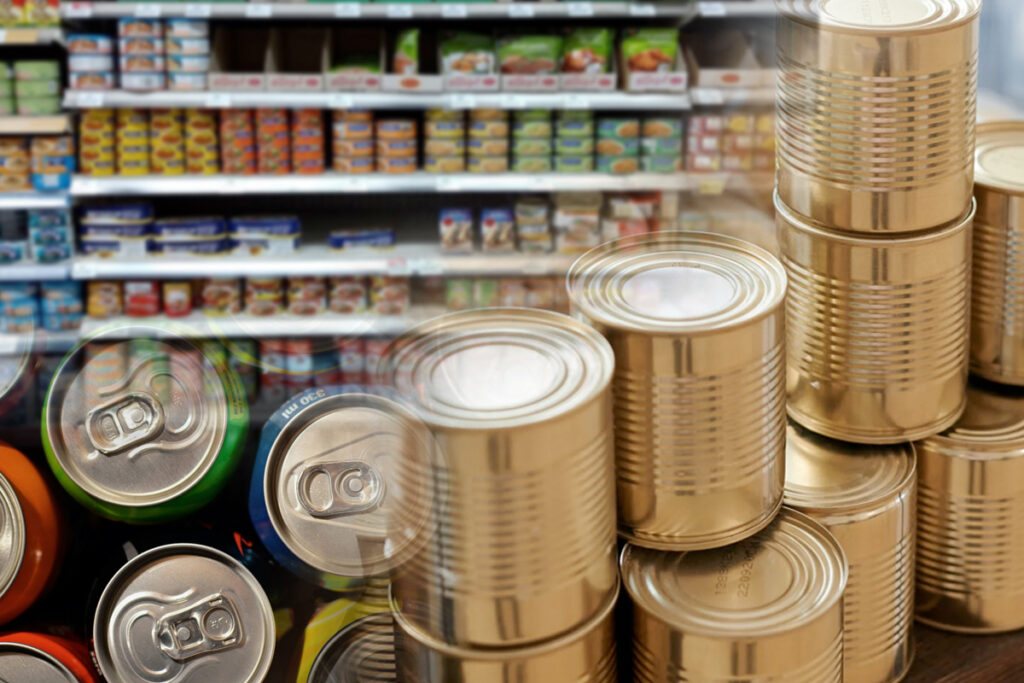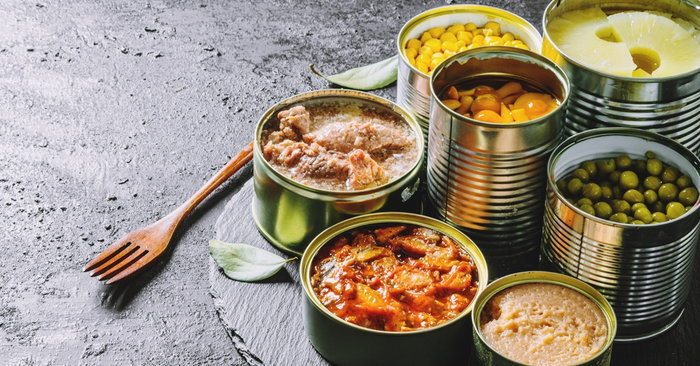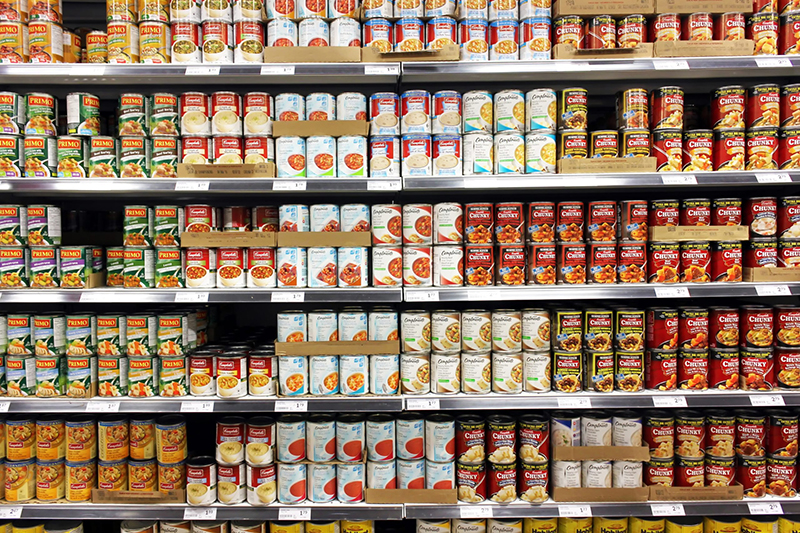ASIA AND AFRICA FOOD CANS MARKET- GROWTH, TRENDS, COVID-19 IMPACT, AND FORECASTS (2022 – 2027).
The Asia and Africa Food Cans market is segmented by Component (Hardware and Software), Product (Entry level, Advanced level, and Enterprise level), Application (Retail, Hospitality, Corporate, and Transportation), and Geography.

Market Overview
Thank you for reading this post, don't forget to subscribe!
The Asian and African food cans market was valued at USD 5.82 billion in 2020, and it is projected to be worth USD 8.01 billion by 2026, registering a CAGR of 5.89% during 2021-2026. COVID-19 has brought a slew of changes to food consumption. Food and grocery purchase patterns highlighted the changing consumer preferences; shelf-stable foods and canned goods were positioned on top of the grocery shopping list. Moreover, newer products were aligned to have immune system boosting ingredients and nutritional aspects. Frozen foods, among Asian consumers amid the COVID-19 pandemic, garnered growth during lockdowns and tightening economics.
The excellent preservative properties and structural integrity of the metal cans, offering higher shelf life, have resulted in the high usage of metal cans in the food packaging industry across Asia and Africa. Packaged and convenience foods have become a staple diet for many consumers, owing to their hectic lifestyles and work schedules. For instance, according to the Population Reference Bureau, in 2019, the degree of urbanization (percentage of the urban population in total population) across the world was around 54%.
According to IIED, across the Asian counterparts, the percentage of the world’s urban population living in the region was estimated at 53.9% in 2020. Also, Africa is projected to have the fastest urban growth rate in the world, i.e., by 2050, African cities may be home to an additional 950 million people.
Metal industries in the respective regions demonstrate a net flourishing trend. In Africa, between ZAR 100 million and ZAR 200 million per year is expected to flow into the scrap metals and recycling industry due to the conversion from tin-plated steel cans to aluminum cans. Also, the industry may provide an additional 2,000-3,000 people a source of income from collecting and selling used cans, as per a reputed beverage can manufacturer, Nampak Bevcan.
Asian trends are mixed with Southeast Asia’s growth. Multiple manufacturers from China and Japan have expanded their footprint in the region. For instance, via its Project 2020+, Showa Aluminum Can Corporation has focused on the growth acceleration of its business in the medium-term by targeting Southeast Asia.
Then, as of October 2020, multiple large steel projects located in Southeast Asia were underpinned by Chinese investment. At the same time, Southeast Asia reportedly gained attention as more food companies shifted away from plastic containers for more recyclable cans. UACJ Corporation, a Tokyo-based company, is expected to boost the output capacity of aluminum sheets at its Southeast Asian plants by 2021.

Scope of the Report
The food can is a container for distributing or storing processed food, seafood, fish, etc. It is composed of thin metal, which is prominently gaining popularity due to its growing use in food packaging. Changing lifestyles, growing canned food requirements, and the rising need for processed foods are marking the growth of this market. The market is segmented by material, can type, and application.

Key Market Trends
Fruits and Vegetables to Drive the Market Growth
Canned fruits and vegetables cost less when compared to frozen alternatives or fresh alternatives without compromising nutrition. The only drawback for canned vegetables is the sodium content, but consumers can choose lower sodium versions or rinse the vegetables.
According to the United Nations agency report published in January 2021, 1.3 billion South Asians could not afford a healthy diet. Further, the pandemic has increased the prices of fruits, vegetables, and dairy products, making canned fruits and vegetables a better option.
From the production point of view, India and China are the primary producers of vegetables and fruits. According to the Food and Agriculture Organization, in 2019, China produced 588.26 million metric ton of fresh vegetables, followed by India at 132.03 million metric ton. The massive production of vegetables creates opportunities for canning to increase the shelf life.
The exports are also triggering the quality improvement of the canned vegetable and fruit exports. For instance, according to a memorandum signed by China and Canada, the Chinese canned vegetables have specific export requirements.
source : www.mordorintelligence.com


